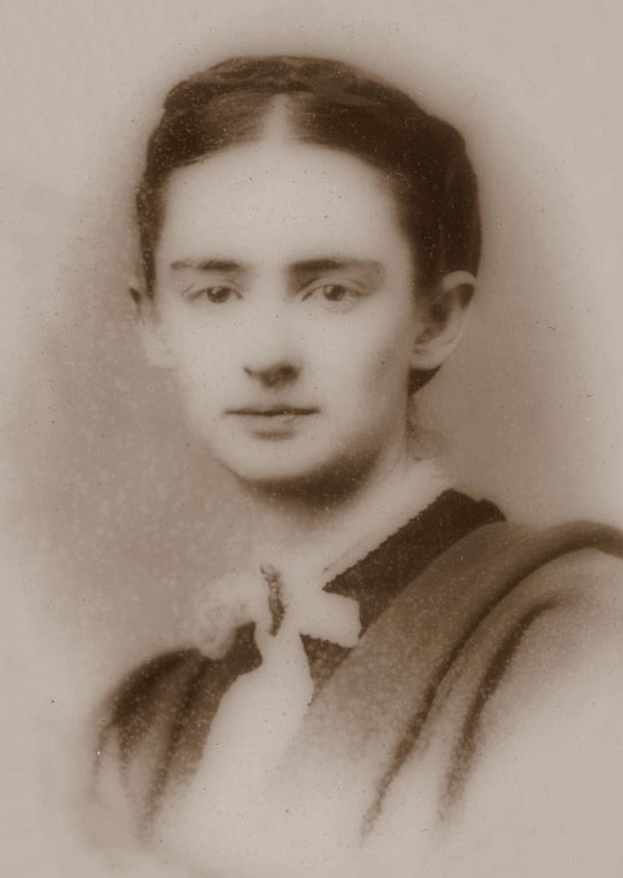The Marriage of Mark Twain

Sailing back from Europe aboard the good ship Quaker City, a fellow traveller showed Samuel Clemens (the real name of Mark Twain) a photograph of his sister, Olivia. Of course, Twain later said it was love at first sight – it wouldn’t be nearly so good a story otherwise – but nevertheless he accepted an invitation to visit the home of his shipboard companion and there met, in the flesh, Olivia Langdon, the daughter of a wealthy merchant family which was also ardently abolitionist: her father was a conductor on the Underground Railroad, the network of routes and safe houses that helped slaves escape to freedom. Clemens soon fell in love with her, but Olivia turned down his proposal. A devout Christian, she would reform the hard-drinking, hard gambling son of the Mississippi, and agreed to their corresponding. Clemens agreed, thinking that by doing so “she would unwittingly dig a matrimonial pit and end by tumbling into it”.
Olivia’s parents were hardly reassured when they sought the opinions of Clemens’ friends. He was, they reported, an unsettled rover “who got drunk oftener than was necessary”. But then, that was what Clemens had already told them. At least he was honest in his self reporting.
It was this honesty that won over Olivia’s parents, and the object of Clemens’ love herself fell into the pit of correspondence between them (over 180 letters). Samuel Clemens and Olivia Langdon were engaged in February 1869 and married the following year. Livy became his editor and first reader; a vital influence in his work. After Livy died, in 1904, Clemens wrote a story of the first human couple, Adam and Eve. In the story, when Eve dies, Adam says, “Wheresoever she was, there was Eden.” They were words for his wife too.
0 Comments